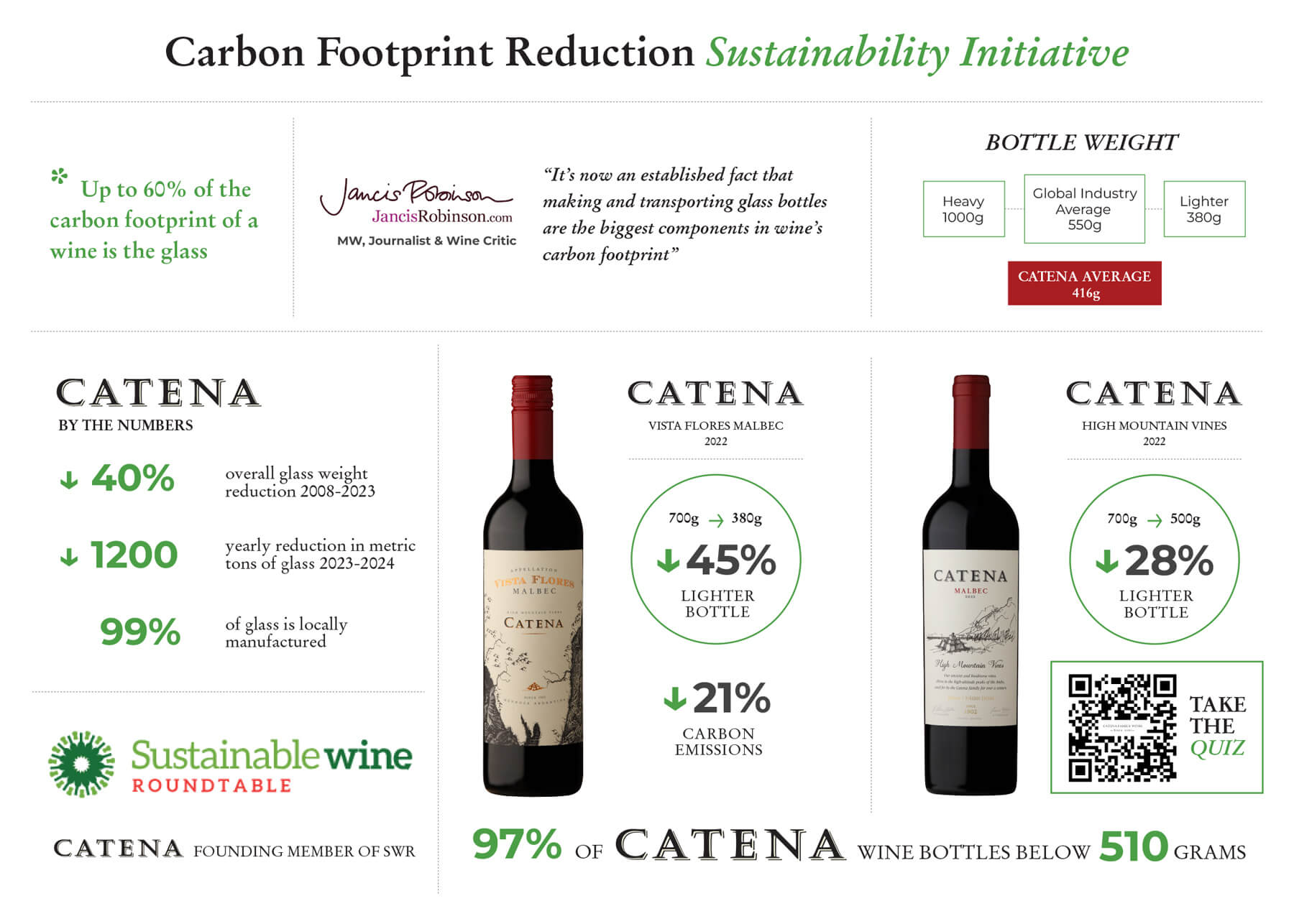Sensometrics Methodology and Terroir Study of Argentine Malbec.
The Catena Institute of Wine's collaboration with the Instituto de Biología Agrícola de Mendoza (IBAM) and UC Davis has yielded a groundbreaking study, 'Tracing the Origin of Argentine Malbec Wines by Sensometrics,' published in Nature Partner Journals (npj) Science of Food. This comprehensive sensory analysis of 29 parcelas across 13 ‘geographical indications’ (appellations) in Mendoza proposes a tool for articulating terroir's influence on Malbec's typicity and its dependence on varied soil conditions. By focusing on sensory attributes, the research offers a methodological innovation that allows us to classify parcelas based on their distinctive sensory profiles.
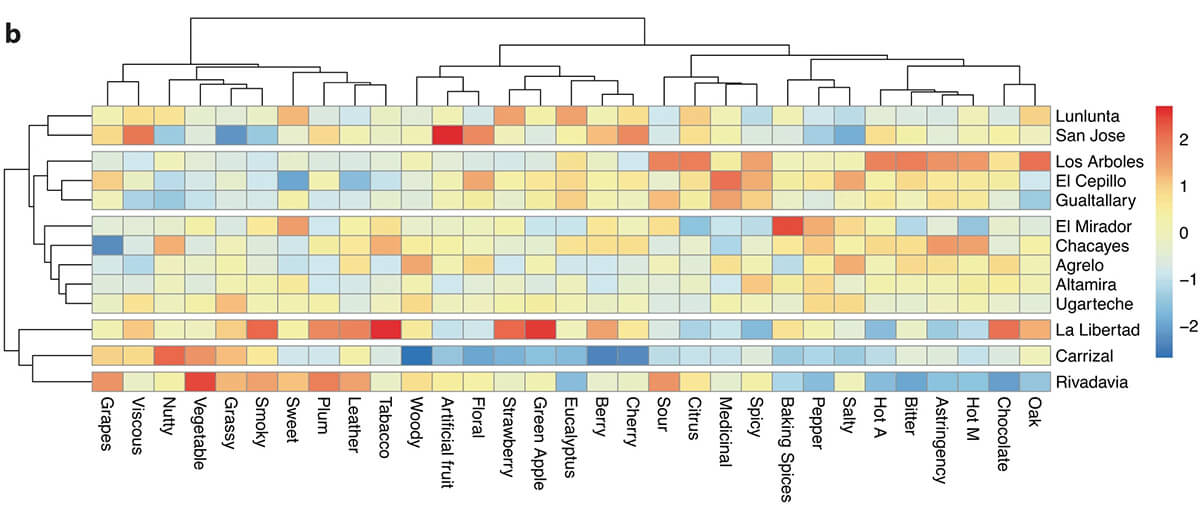
More info: https://www.nature.com/articles/s41538-024-00252-3
Investigating High-Altitude Vineyard Dynamics: Root Distribution and Phenolic Development in Malbec Grapes. Published in OENO One, this study by the Catena Institute of Wine and the Instituto de Biología Agrícola de Mendoza (IBAM) explores the effects of soil depth on vine behavior within two closely situated parcelas (30-50 meters apart) in a high-altitude Malbec vineyard. It provides a novel tool for evaluating contrasting potential parcelas with different soil profiles. The research found that shallow soils, subject to mild water stress, lead to higher fine root densities and enhanced phenolic compositions in grape skins. These findings highlight how minute variations in soil depth can significantly impact vine behavior and grape quality. By showing the marked presence of a taste of terroir in Mendoza, this study provides a significant contribution to the understanding of parcela-specific vine to flavor connections in high-altitude viticulture.
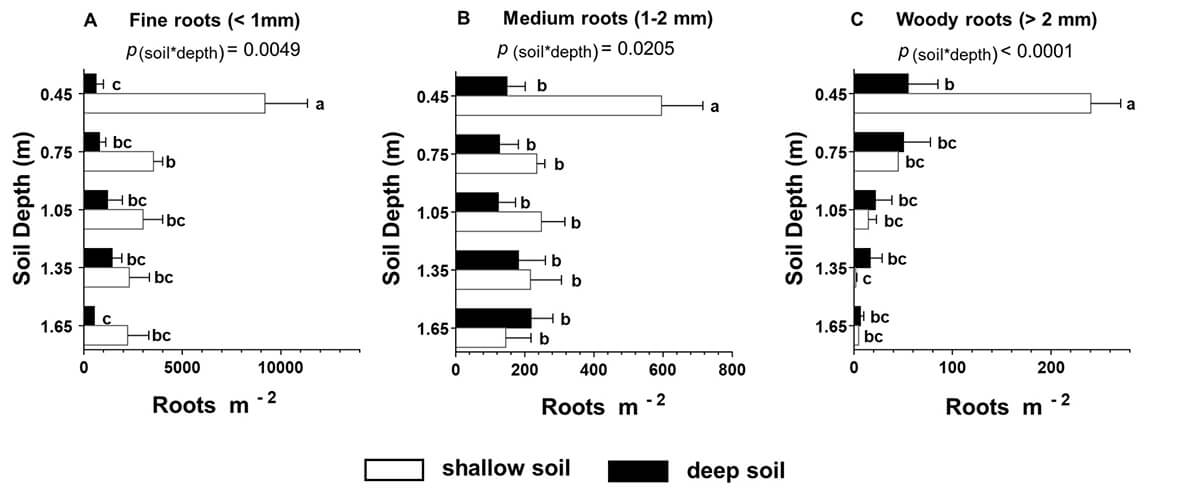
More info: https://oeno-one.eu/article/view/4917
Unveiling the Longevity of Mendoza Malbecs: A Detailed Study of Aromatic Evolution. Published in the American Journal of Enology and Viticulture (a joint study by the Catena Institute of Wine, IQUIR and UC Davis) this research analyzed regional Malbec wines from Mendoza and California, aged for seven years, using gas chromatography-mass spectrometry to trace the evolution of volatile components. The study highlights how distinct parcelas retain complex aromatic profiles over time, revealing sophisticated aging potentials that vary by soil type and vineyard management. These insights contribute to a broader understanding of parcela-specific characteristics that influence wine longevity and quality.
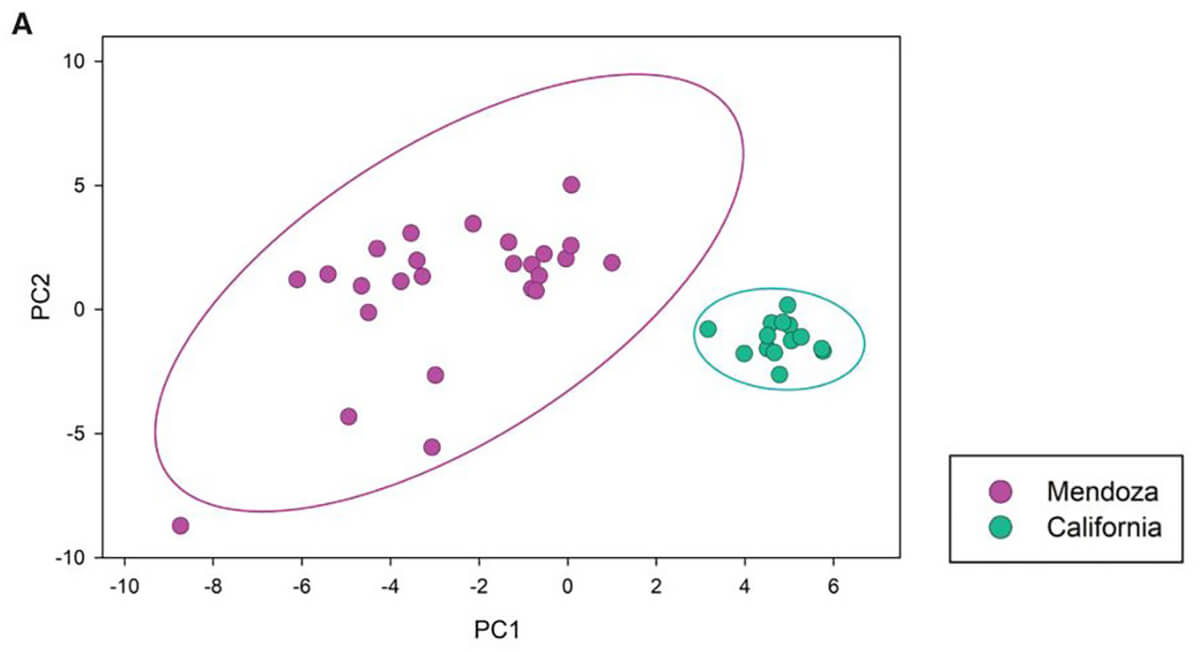
More info: https://www.ajevonline.org/content/74/1/0740019.abstract
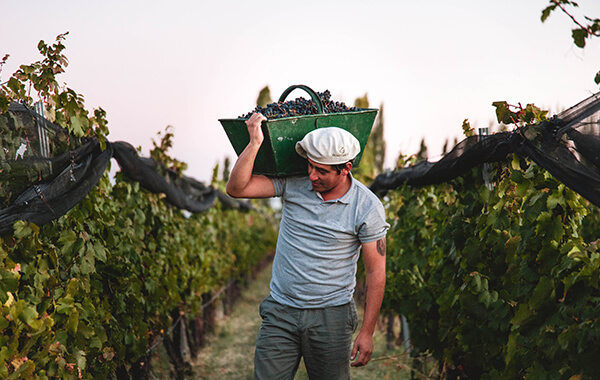
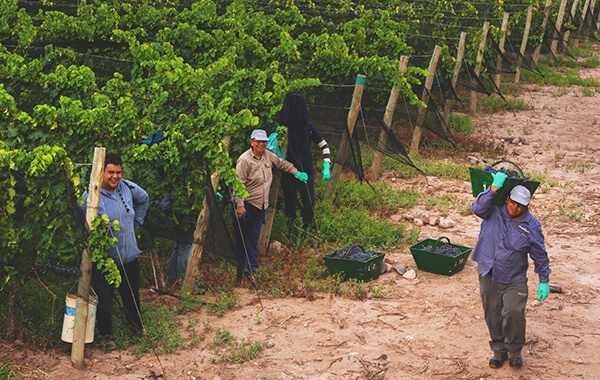
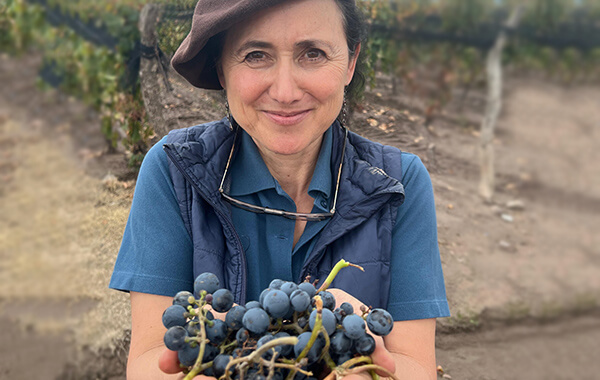
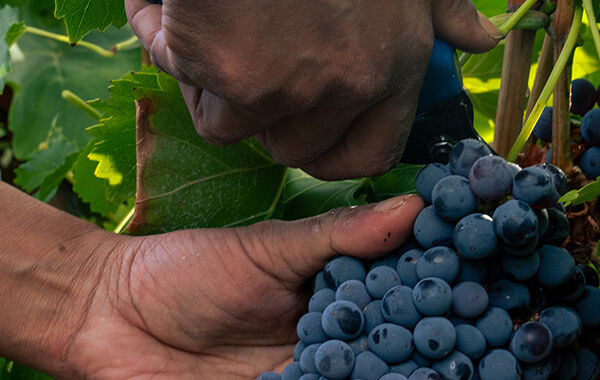
 Prepared by Fernando Buscema, Director of the Catena Institute of Wine
Prepared by Fernando Buscema, Director of the Catena Institute of Wine



